+ Filter
 Loading...
Loading...

EGFR & CD28
Engineered Antibody Products
Antibody-like Scaffold Protein Products
Glyco-Engineering Antibody Products
Tetramer Products
Antibody Magnetic Beads
Cancer Stem Cell Biomarker Specific Antibody Products
AbPlus
Recombinant Antibody Products
Functional Antibody Products
Formats
Research Area
Anti-EGFR & CD28 Recombinant Antibody Products
-
- Derivation: Humanized
- Species Reactivity: Human
- Type: ADCC enhanced antibody
-
- Species Reactivity: Human
- Type: Rabbit IgG
- Application: Neut
- Mouse Anti-EGFR Recombinant Antibody (clone CBL931) (NEUT-723CQ)
-
- Species Reactivity: Human
- Type: Mouse IgG1
- Application: WB, IP, IHC, ICC, Neut
- Rabbit Anti-EGFR Recombinant Antibody (NEUT-724CQ) (NEUT-724CQ)
-
- Species Reactivity: Human, Rat, Mouse
- Type: Rabbit IgG
- Application: IF, FC, WB, IP, Neut
-
- Derivation: Humanized
- Species Reactivity: Human
- Type: ADCC enhanced antibody
- Application: Neut, ELISA, IF, IP, FuncS, FC
-
- Derivation: Chimeric
- Species Reactivity: Human
- Type: ADCC enhanced antibody
- Application: ELISA, IHC, FC, IP, IF, FuncS
-
- Derivation: Chimeric
- Species Reactivity: Human
- Type: ADCC enhanced antibody
- Application: FuncS, IF, Neut, ELISA, FC, IP
-
- Derivation: Human
- Species Reactivity: Human
- Type: ADCC enhanced antibody
- Application: ELISA, IP, FC, FuncS, Neut, IF
-
- Derivation: Chimeric (mouse/human)
- Species Reactivity: Human
- Type: ADCC enhanced antibody
- Application: IF, IP, Neut, FuncS, ELISA, FC
-
- Derivation: Human
- Species Reactivity: Human
- Type: ADCC enhanced antibody
- Application: ELISA, FC, IP, FuncS, IF, Neut
- Mouse Anti-CD28 Recombinant Antibody (clone CD28.6) (NEUT-334CQ)
-
- Species Reactivity: Human
- Type: Mouse IgG2a, κ
- Application: FC, FuncS, Neut, WB
-
- Derivation: Human
- Species Reactivity: Human
- Type: ADCC enhanced antibody
- Application: FC, IP, ELISA, Neut, FuncS, IF
-
- Derivation: Humanized (from mouse)
- Species Reactivity: Human
- Type: ADCC enhanced antibody
- Application: ELISA, IP, FC, FuncS, Neut, IF
- Hamster Anti-CD28 Recombinant Antibody (clone 37.51) (NEUT-335CQ)
-
- Species Reactivity: Mouse
- Type: Hamster IgG
- Application: IHC-Fr, FC, IP, Block, FuncS
-
- Derivation: Humanized (from rat)
- Species Reactivity: Human
- Type: ADCC enhanced antibody
- Application: Neut, ELISA, IF, IP, FuncS, FC
- Mouse Anti-CD28 Recombinant Antibody (clone E18) (NEUT-336CQ)
-
- Species Reactivity: Mouse
- Type: Mouse IgG2b, κ
- Application: FC, Costim, Block
-
- Derivation: Chimeric (mouse/human)
- Species Reactivity: Human
- Type: ADCC enhanced antibody
- Application: FuncS, IF, Neut, ELISA, FC, IP
-
- Species Reactivity: Mouse
- Type: Hamster IgG1
- Application: Neut
- Hamster Anti-CD28 Recombinant Antibody (clone PV-1) (NEUT-338CQ)
-
- Species Reactivity: Mouse
- Type: Hamster IgG
- Application: ELISA, FC, Neut
-
- Derivation: Humanized (from mouse)
- Species Reactivity: Human
- Type: ADCC enhanced antibody
- Application: ELISA, FC, IP, FuncS, IF, Neut
- Mouse Anti-Cd28 Agonistic Antibody (clone D665) (VS-0724-XY15)
-
- Species Reactivity: Mouse
- Type: Mouse IgG1, kappa
- Application: FC, IHC, Costim, Agonistic assays, SPR
- Human Anti-CD28 Agonistic Antibody (VS-0724-XY9) (VS-0724-XY9)
-
- Species Reactivity: Human
- Type: Human IgG1
- Application: ELISA, Agonistic assays
- Mouse Anti-CD28 Agonistic Antibody (VS-0724-XY10) (VS-0724-XY10)
-
- Species Reactivity: Human
- Type: Mouse IgG1
- Application: WB, Agonistic assays
- Rat Anti-Cd28 Agonistic Antibody (VS-0724-XY11) (VS-0724-XY11)
-
- Species Reactivity: Mouse
- Type: Rat IgG1
- Application: FC, Agonistic assays, CyTOF®
- Rabbit Anti-Cd28 Agonistic Antibody (VS-0724-XY12) (VS-0724-XY12)
-
- Species Reactivity: Rat
- Type: Rabbit IgG, kappa
- Application: FC, IF, IHC, Costim, Agonistic assays
- Mouse Anti-Cd28 Agonistic Antibody (clone JJ316) (VS-0724-XY13)
-
- Species Reactivity: Rat
- Type: Mouse IgG1, kappa
- Application: FC, IF, IHC, Costim, Agonistic assays
- Rabbit Anti-Cd28 Agonistic Antibody (VS-0724-XY14) (VS-0724-XY14)
-
- Species Reactivity: Mouse
- Type: Rabbit IgG, kappa
- Application: FC, IHC, Costim, Agonistic assays, SPR
More Infomation
Can't find the products you're looking for? Try to filter in the left sidebar.Filter By Tag
More Infomation
Our customer service representatives are available 24 hours a day, from Monday to Sunday. Contact Us
For Research Use Only. Not For Clinical Use.
The protein encoded by this gene is a transmembrane glycoprotein that is a member of the protein kinase superfamily. This protein is a receptor for members of the epidermal growth factor family. EGFR is a cell surface protein that binds to epidermal growth factor. Binding of the protein to a ligand induces receptor dimerization and tyrosine autophosphorylation and leads to cell proliferation. Mutations in this gene are associated with lung cancer. [provided by RefSeq, Jun 2016]

CD28 (CD28 Molecule) is a Protein Coding gene. Diseases associated with CD28 include Mycosis Fungoides and Sezary's Disease. Among its related pathways are Th2 Differentiation Pathway and RET signaling. Gene Ontology (GO) annotations related to this gene include identical protein binding and SH3/SH2 adaptor activity. An important paralog of this gene is CTLA4.


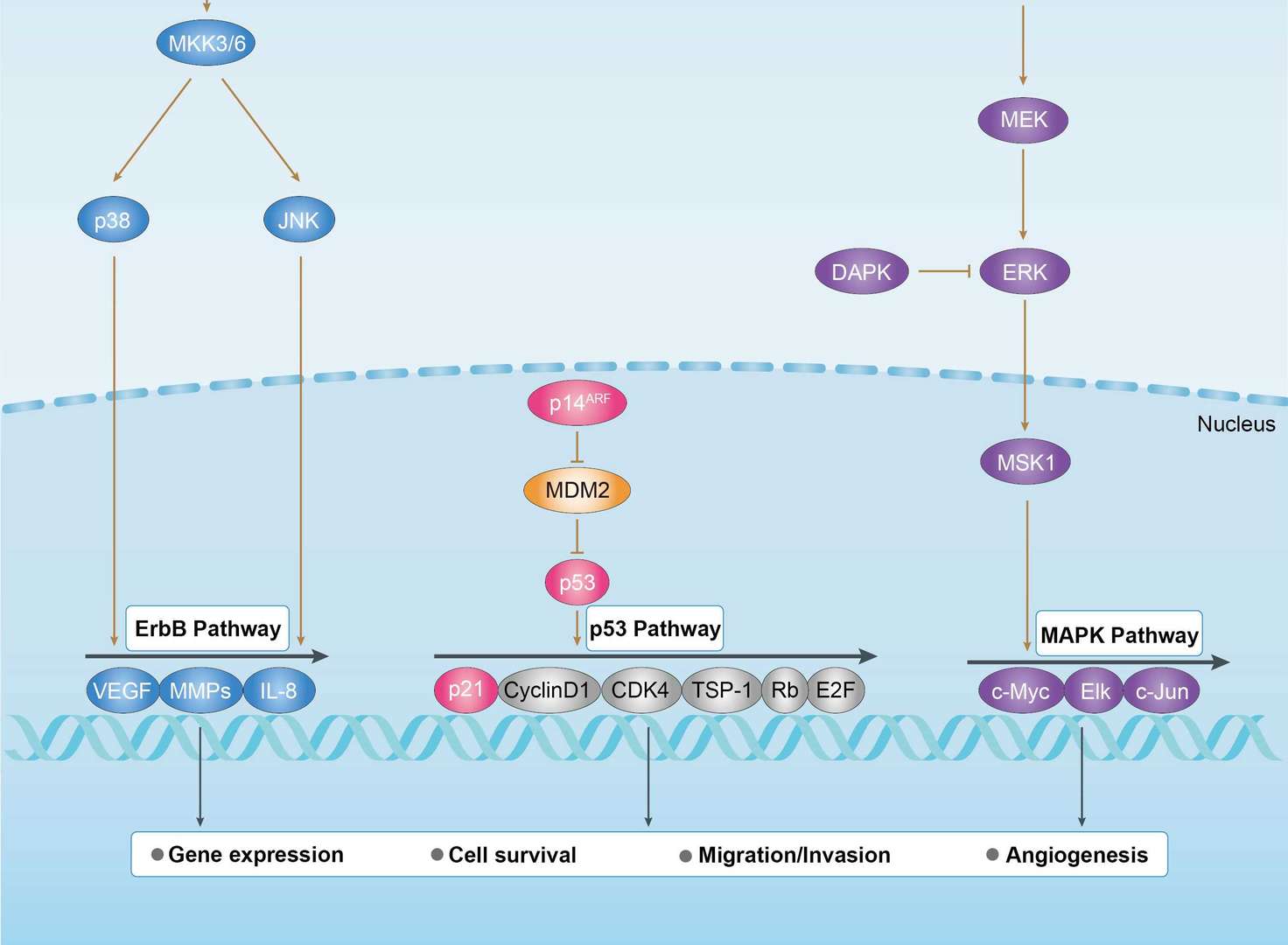 Bladder Cancer
Bladder Cancer
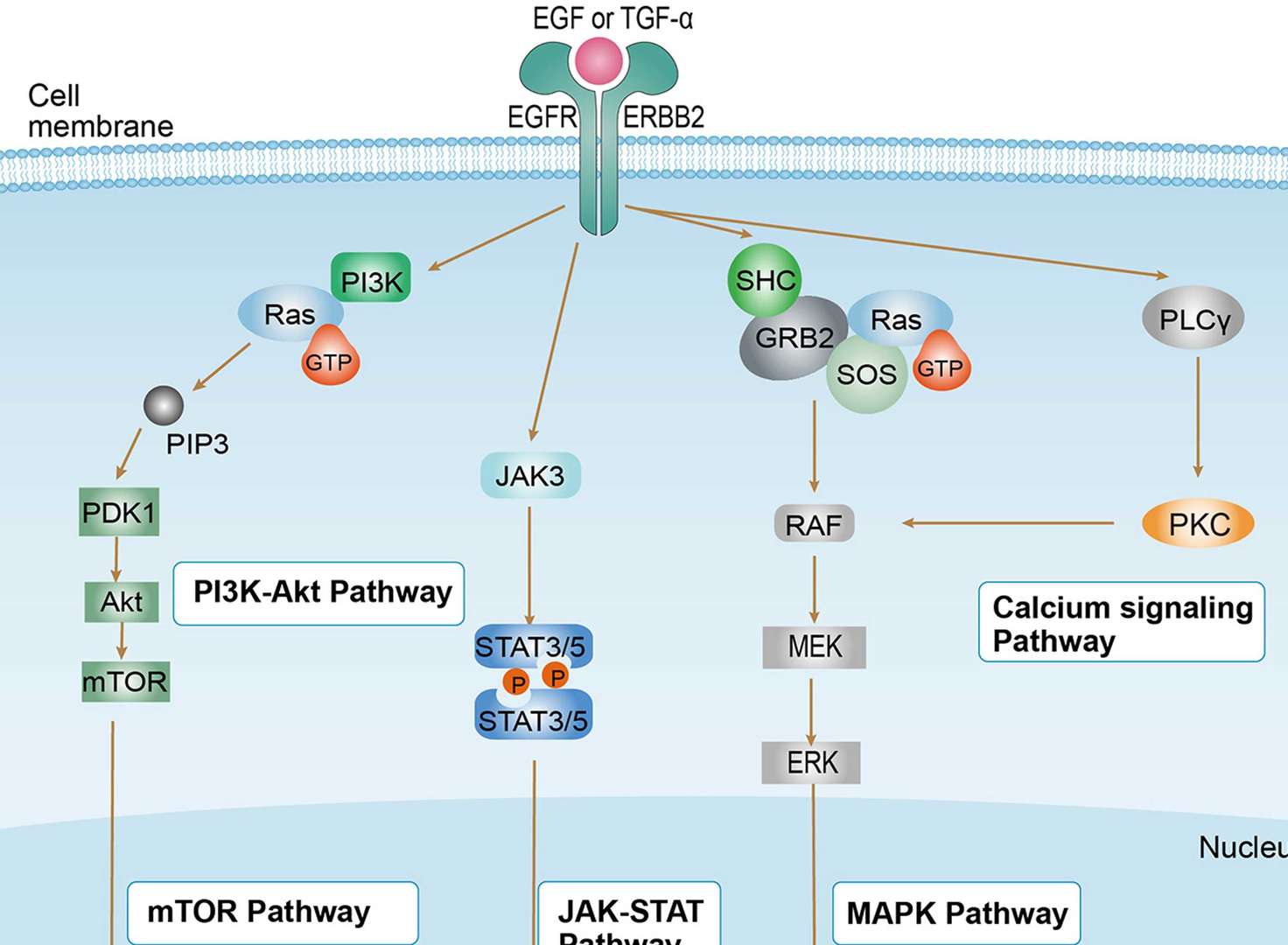 Non-small Cell Lung Cancer
Non-small Cell Lung Cancer
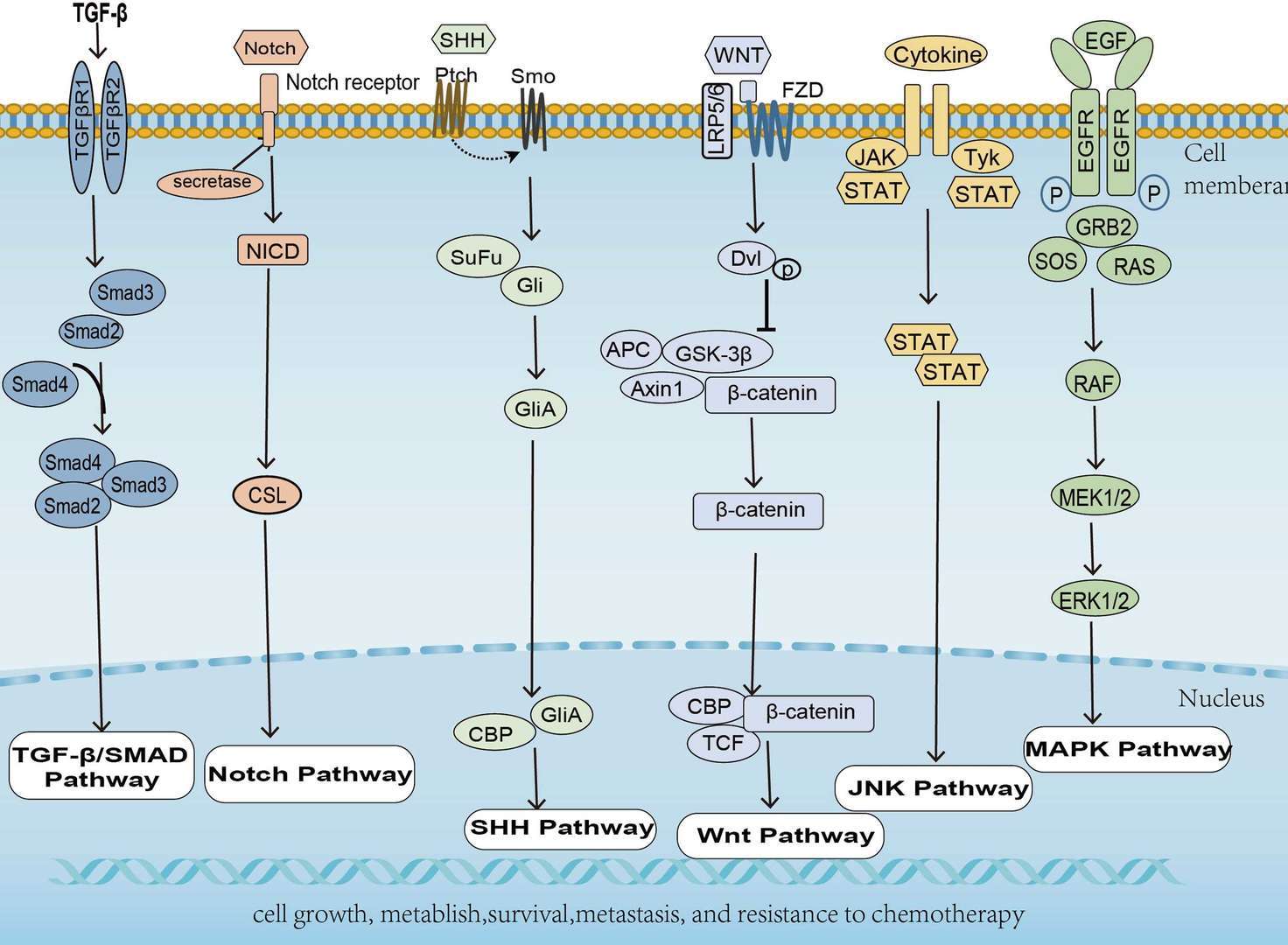 Pancreatic Cancer
Pancreatic Cancer
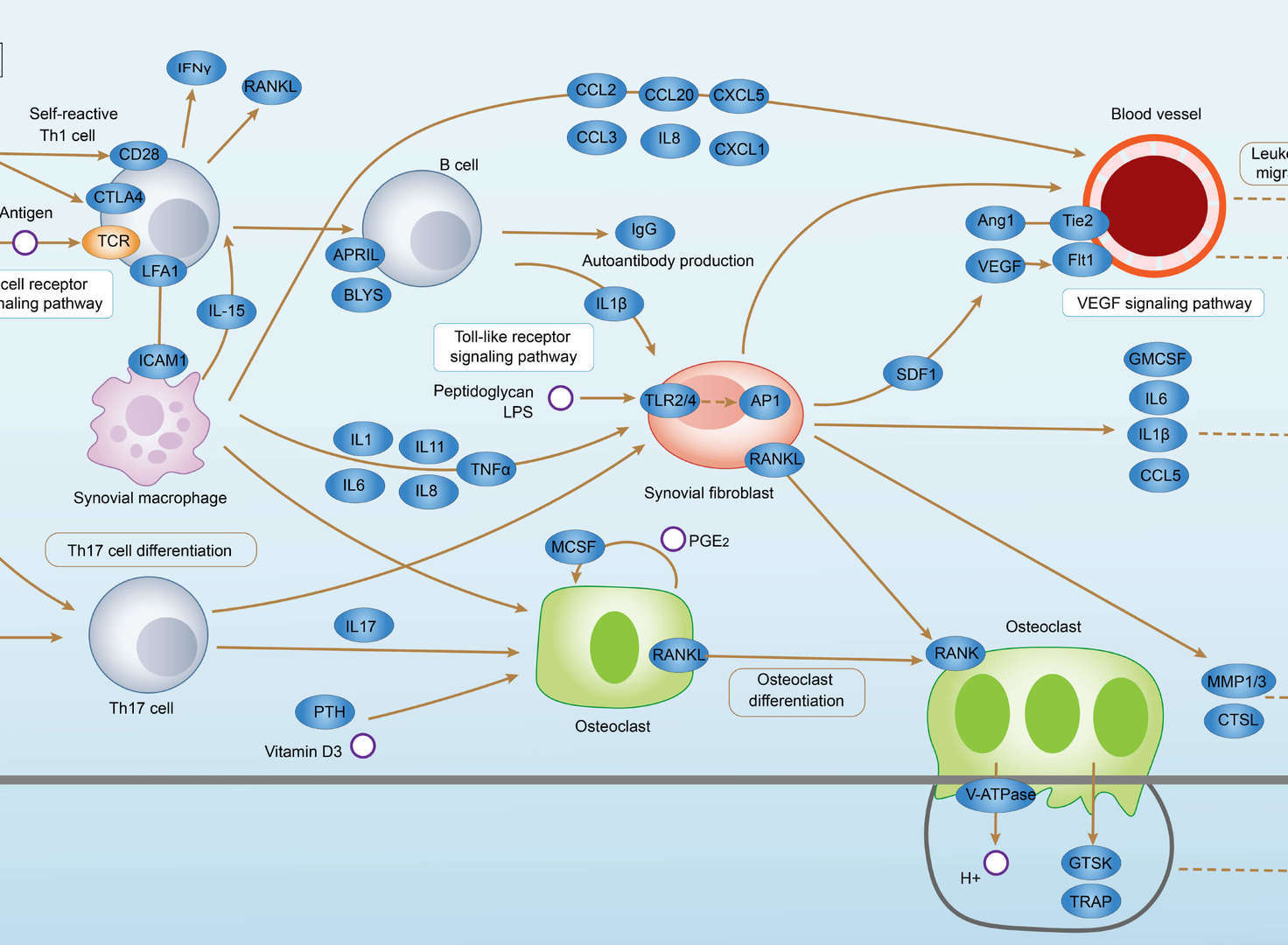 Rheumatoid Arthritis
Rheumatoid Arthritis
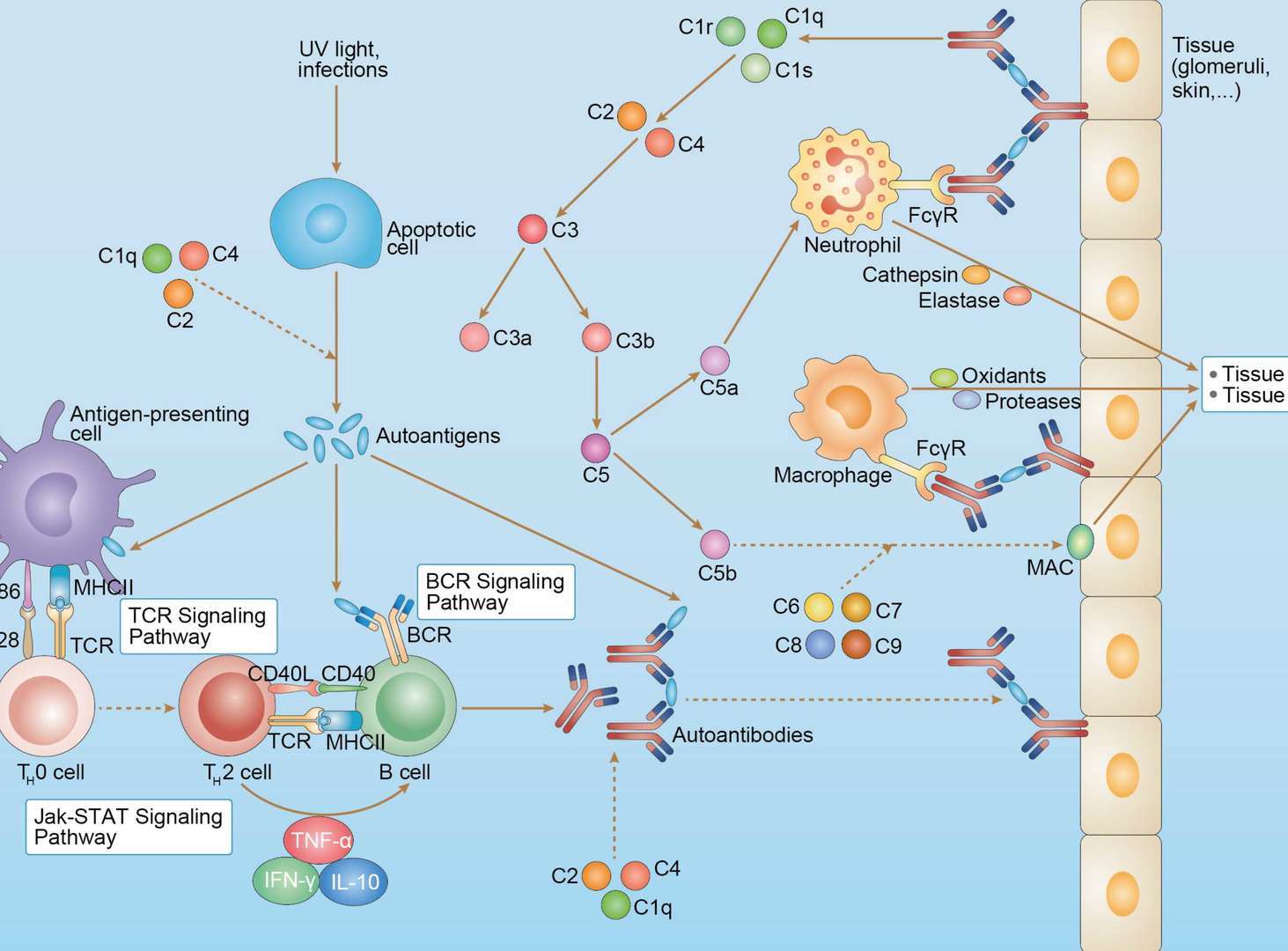 Systemic Lupus Erythematosus
Systemic Lupus Erythematosus
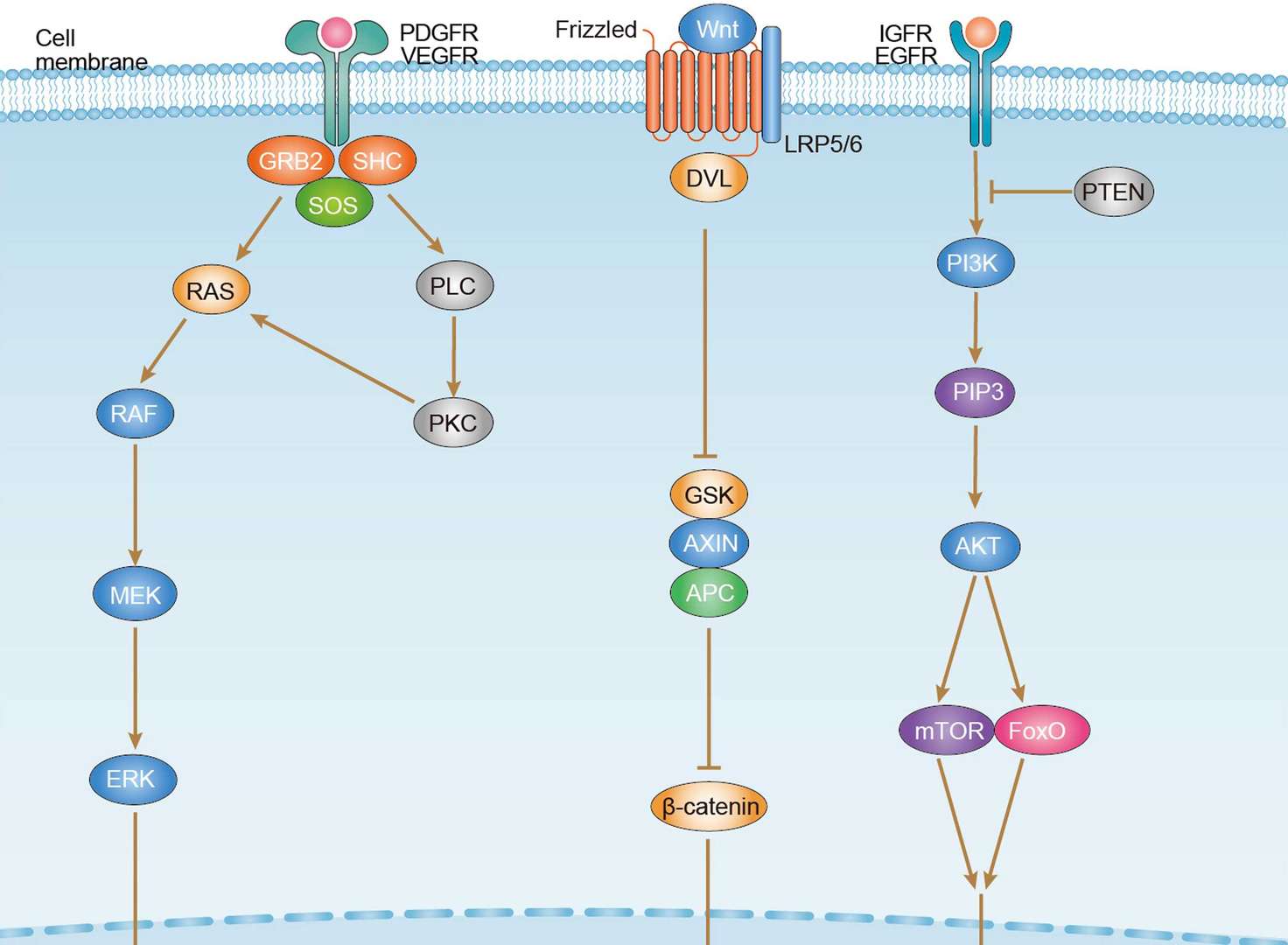 Hepatocellular Carcinoma
Hepatocellular Carcinoma
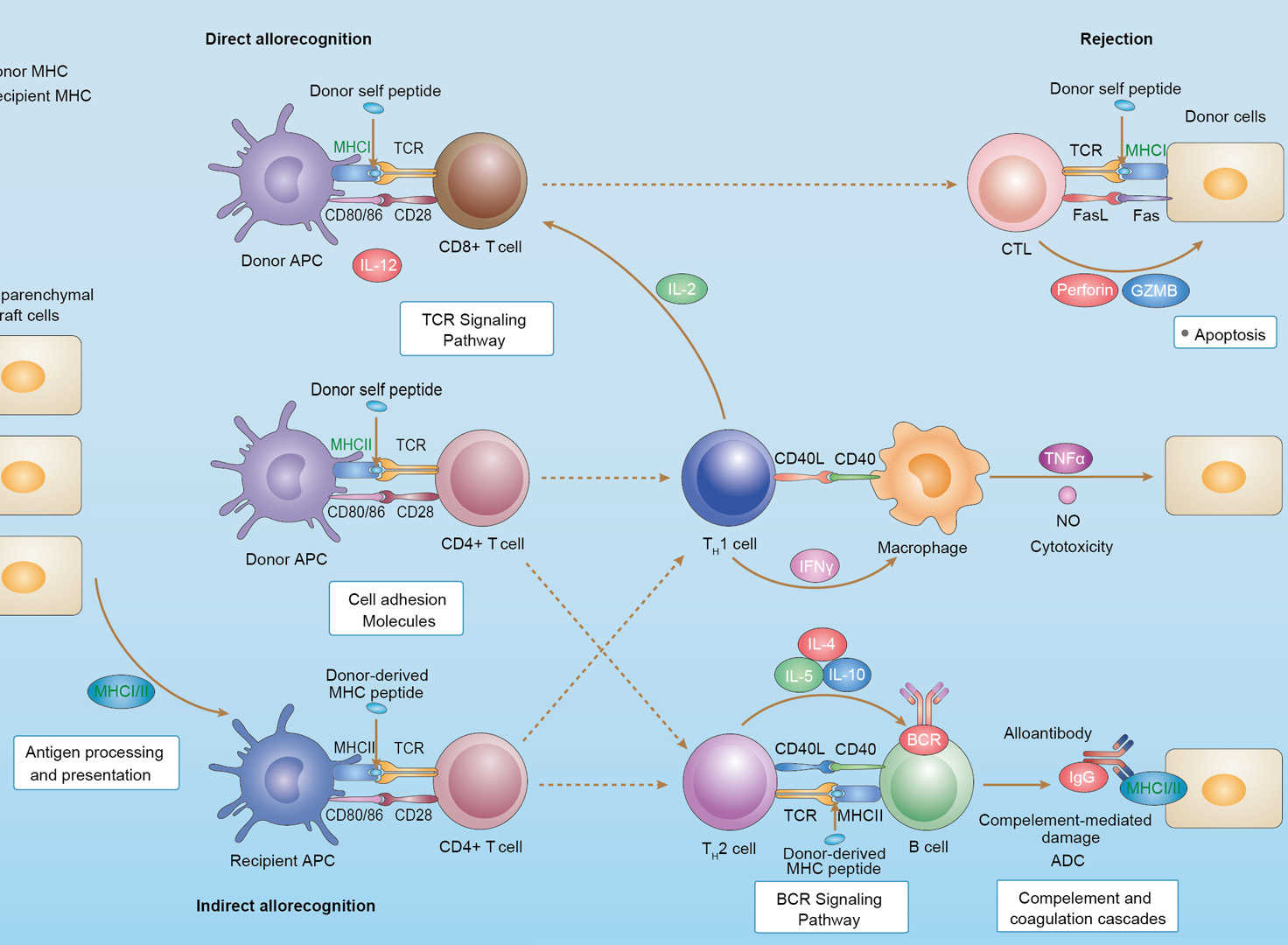 Allograft Rejection
Allograft Rejection
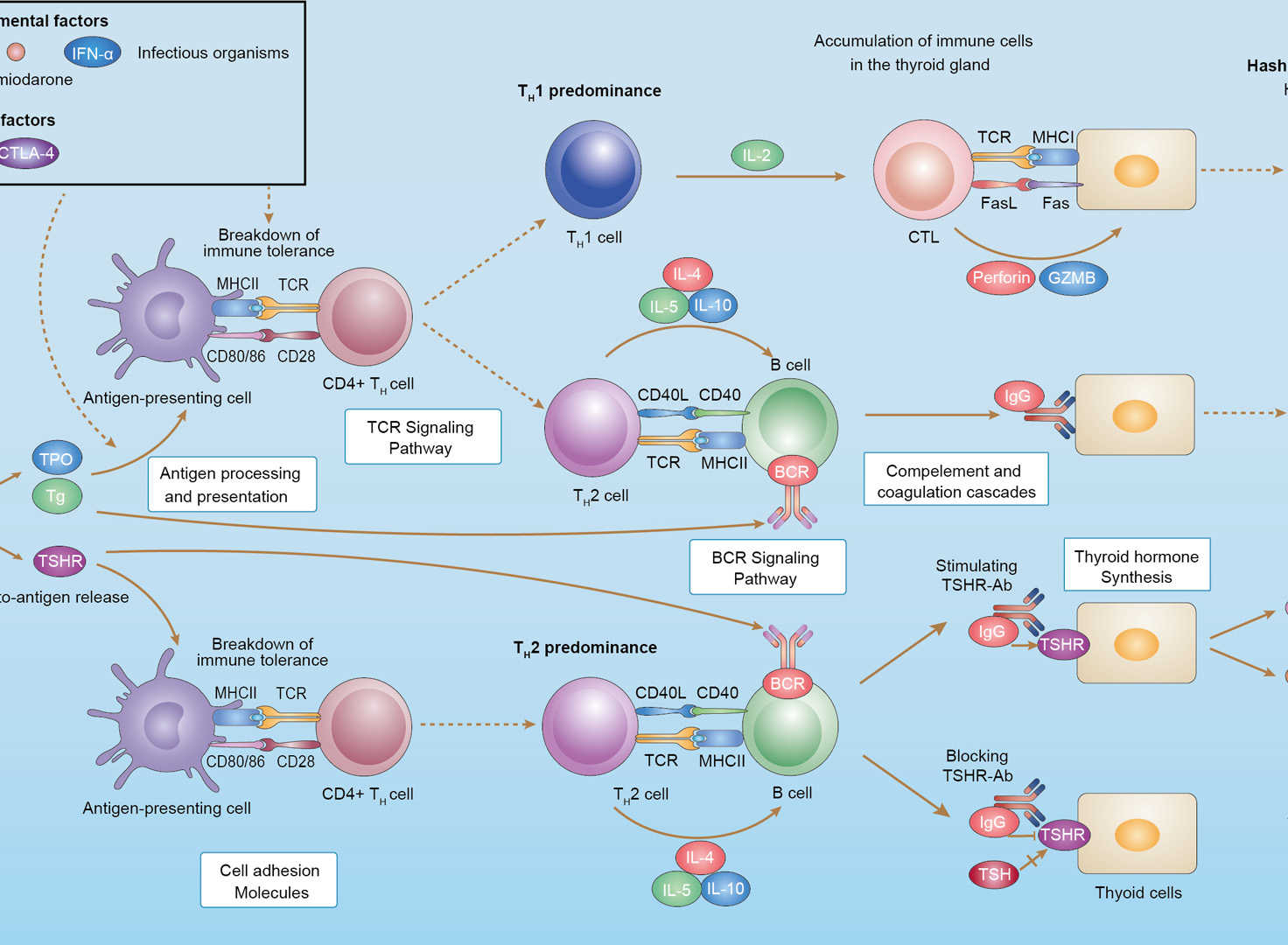 Autoimmune Thyroid Disease
Autoimmune Thyroid Disease
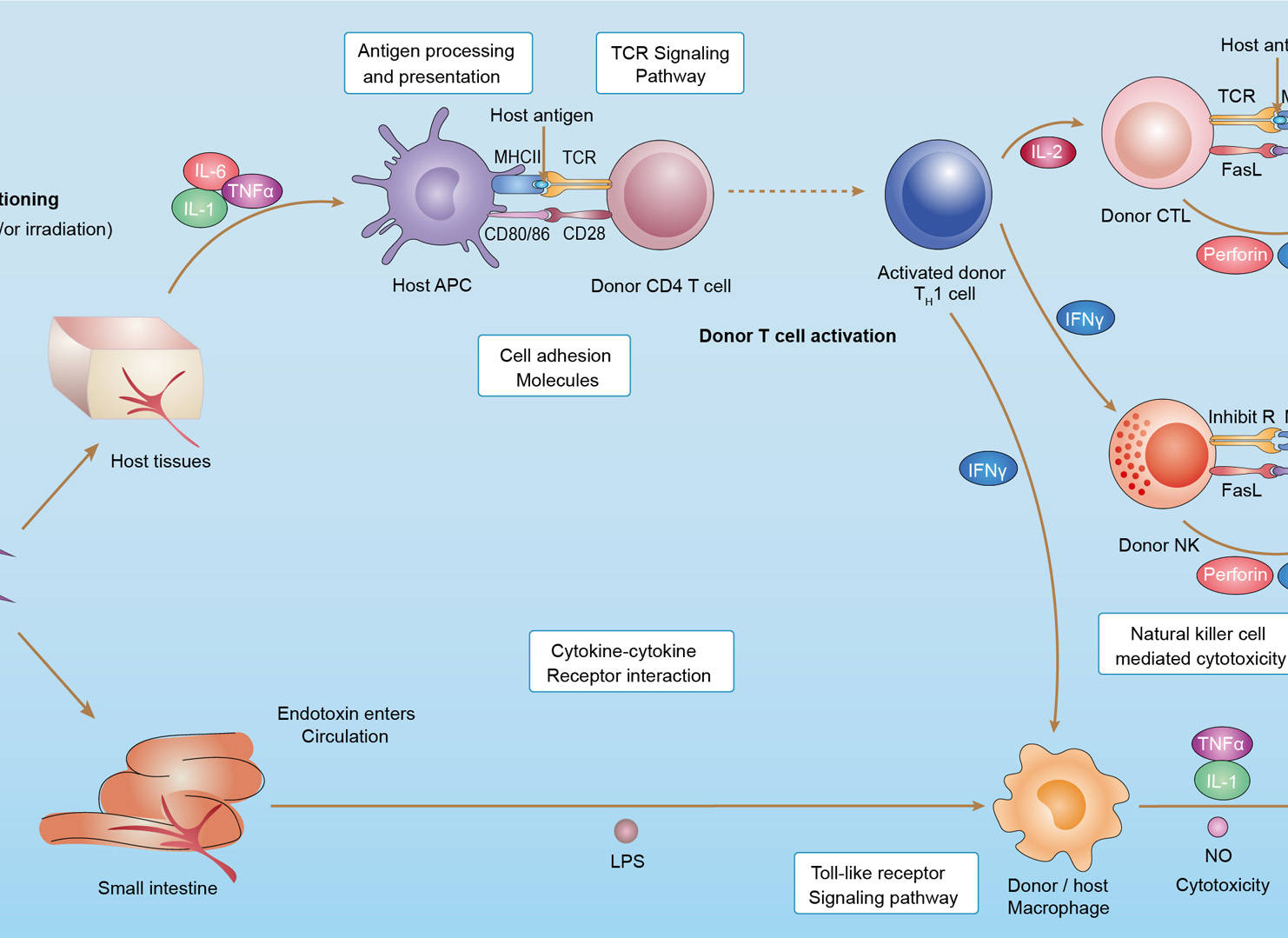 Graft-versus-Host Disease
Graft-versus-Host Disease
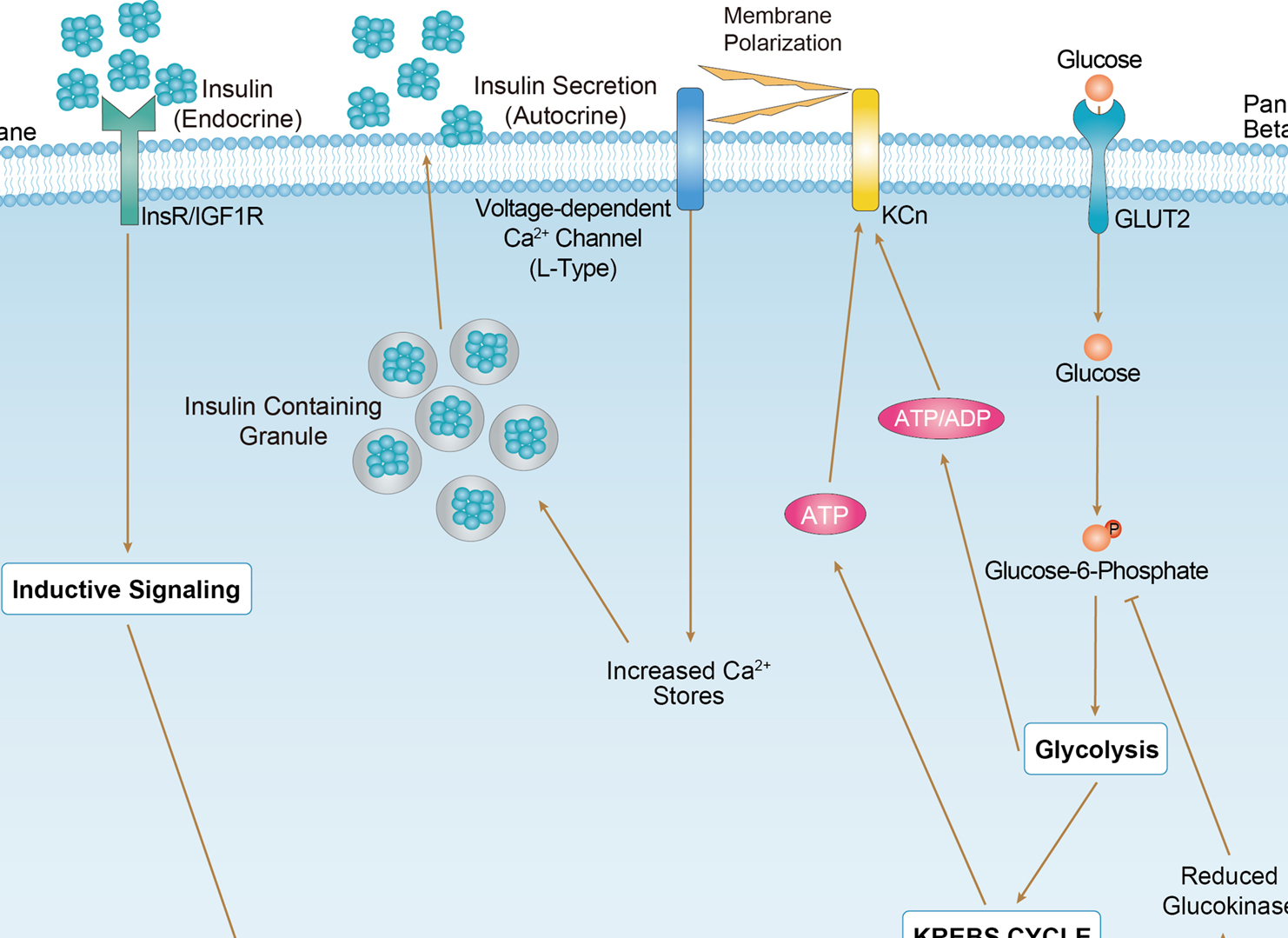 Maturity Onset Diabetes of the Young
Maturity Onset Diabetes of the Young
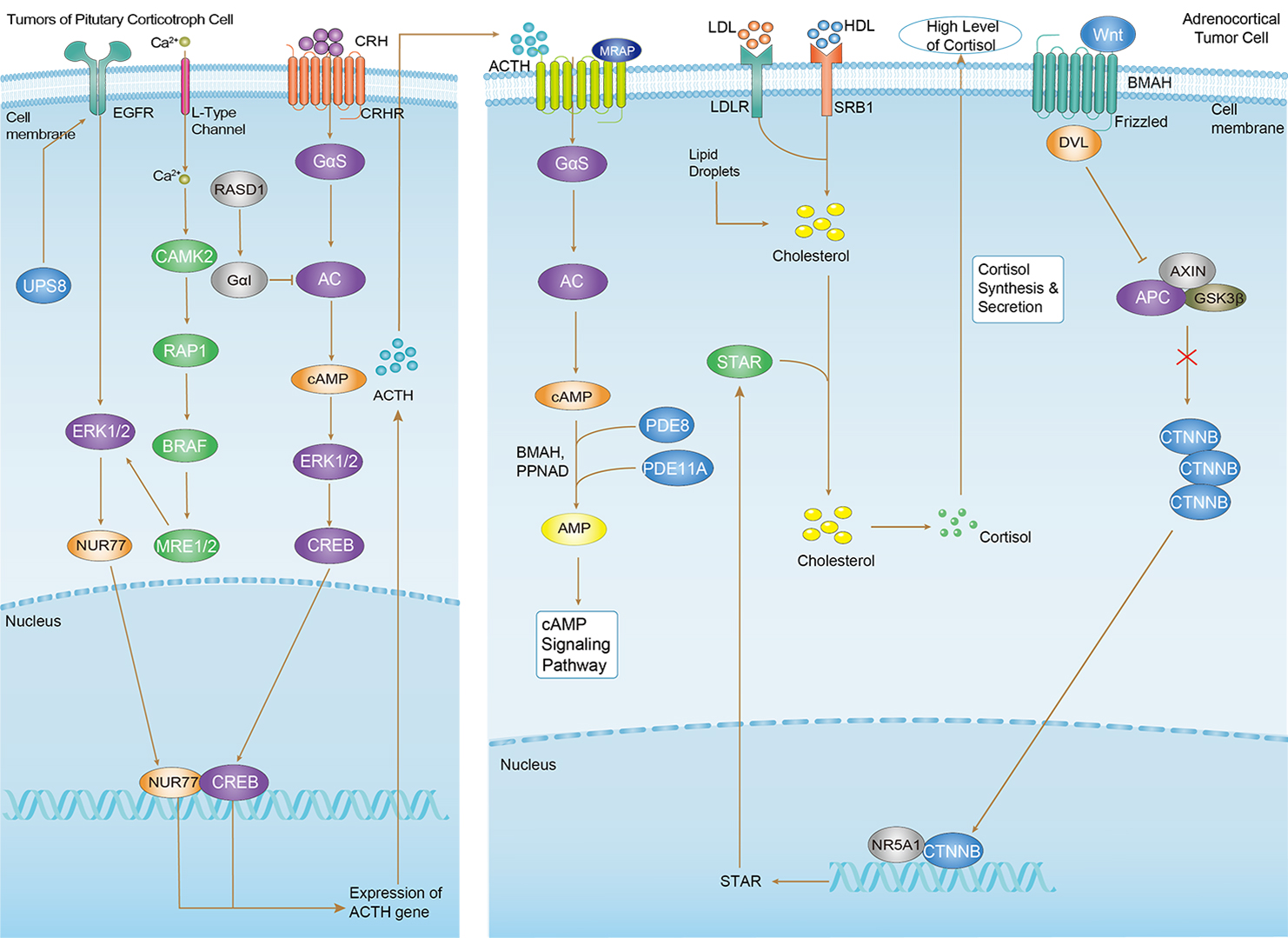 Cushing Syndrome
Cushing Syndrome
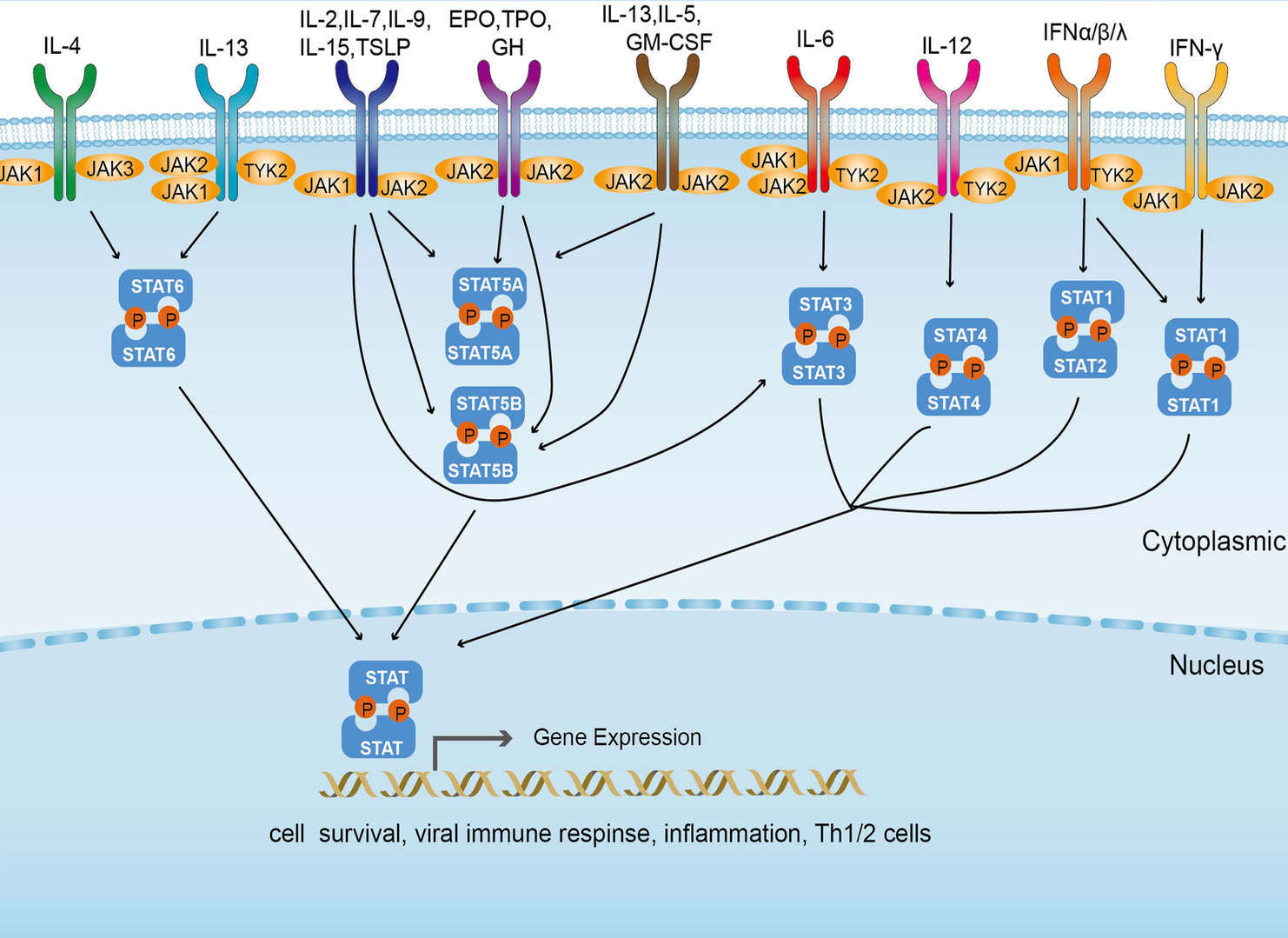 JAK-STAT Signaling Pathway
JAK-STAT Signaling Pathway